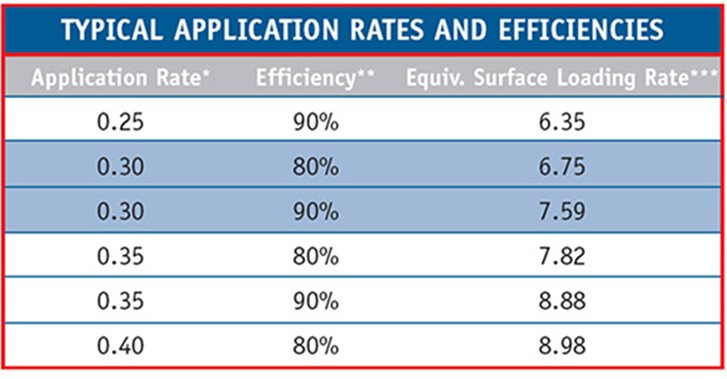Watch this JMS Presentation on the JMS Mega-SETTLER (Plate Settler System). Kerry Dissinger, Vice President of JMS, talks about the improvements that have been made to the plate settler design by JMS and why the industry has moved to plate settlers in the last few decades.
Fundamentals of Plate Settler Design
In 1904 Hazen proposed sedimentation is a function of basin surface area and is independent of detention time. The basic fundamental of the inclined plate settler design is that particles only travel a short distance until they hit a surface. After hitting the surface of the plate, particles will agglomerate with each other and settle out of the plate area. The use of many plates provides a significant increase in surface area for settlement, with a small footprint and higher throughput than conventional basins.
Application Rates and Efficiencies
JMS has supplied inclined plate settlers for 0.2 gmp/ft2 (application rate is used to derive the required horizontal projected surface area) all the way up to 0.6 application rates. Taking a look at the projects that have been worked on and completed over the last couple of years the inclined plate settlers market is moving more towards 0.3 application rate with 80% efficiency (efficiency is used to derive the number of plates required). This helps produce less than 1 NTU (Nephelometric Turbidity Units) in the effluent, allowing operators more freedom in how fast they can operate the system.

JMS Mega-SETTLER (Plate Settler System) Design
All JMS inclined plate settlers use TFCA™ (Top Flow Control Angle) that creates a gap for flow control, and allows operators to walk on the plates for inspection and service. This flow control gap creates a small amount of headloss allowing JMS Mega-SETTLERs to use all of the surface area on the plates as efficiently as possible.
JMS worked with an independent PHD to help with CFD testing (computational fluid dynamics) of the TFCA™ design to determine how well it would actually work. JMS and the independent party tested multiple designs to get the optimal design for the TFCA™. One of the decision factors that came into play in finding the right design was finding the right amount of headloss. With headloss you can theoretically keep adding more of it but with at some point you get diminishing returns. The new TFCA™ also addresses issues that inclined plate settlers have had in the past including: clogging and uneven flow.
Watch the full Presentation to learn more about:
- Competition design
- Case studies
- And more
Kerry Dissinger has been employed by JMS for the last 10 years, and currently holds the position of Vice President. Prior to receiving a BS degree in Electro Mechanical Engineering, Kerry served for 3 years as a US Army Paratrooper stationed at Fort Bragg, NC. He also served 6 years in the Pennsylvania Army National Guard. Kerry’s nearly 20 years of experience in the water and wastewater industry includes 10 years at Brentwood Industries where he was mentored by the esteemed Dr. McDowell. With his strong background in the water and wastewater process, particularly sedimentation, he is focused on continued growth and innovation, holding several active patents for JMS products. One of Kerry’s favorite sayings is: It’s not about ideas; it’s about making ideas happen.
